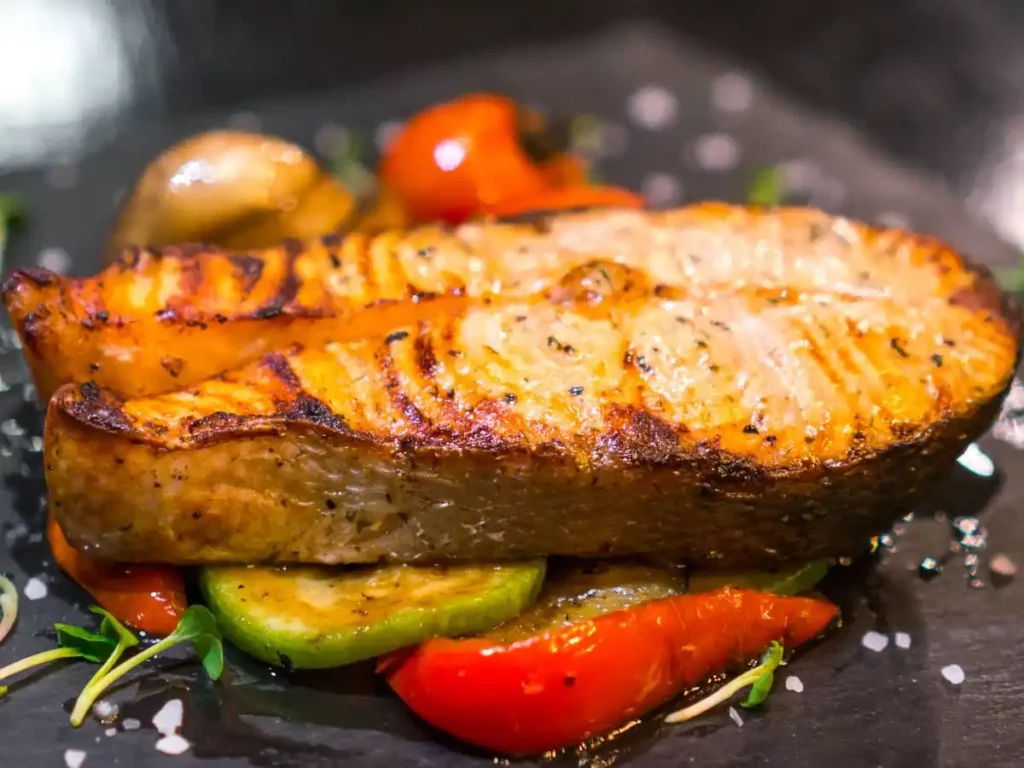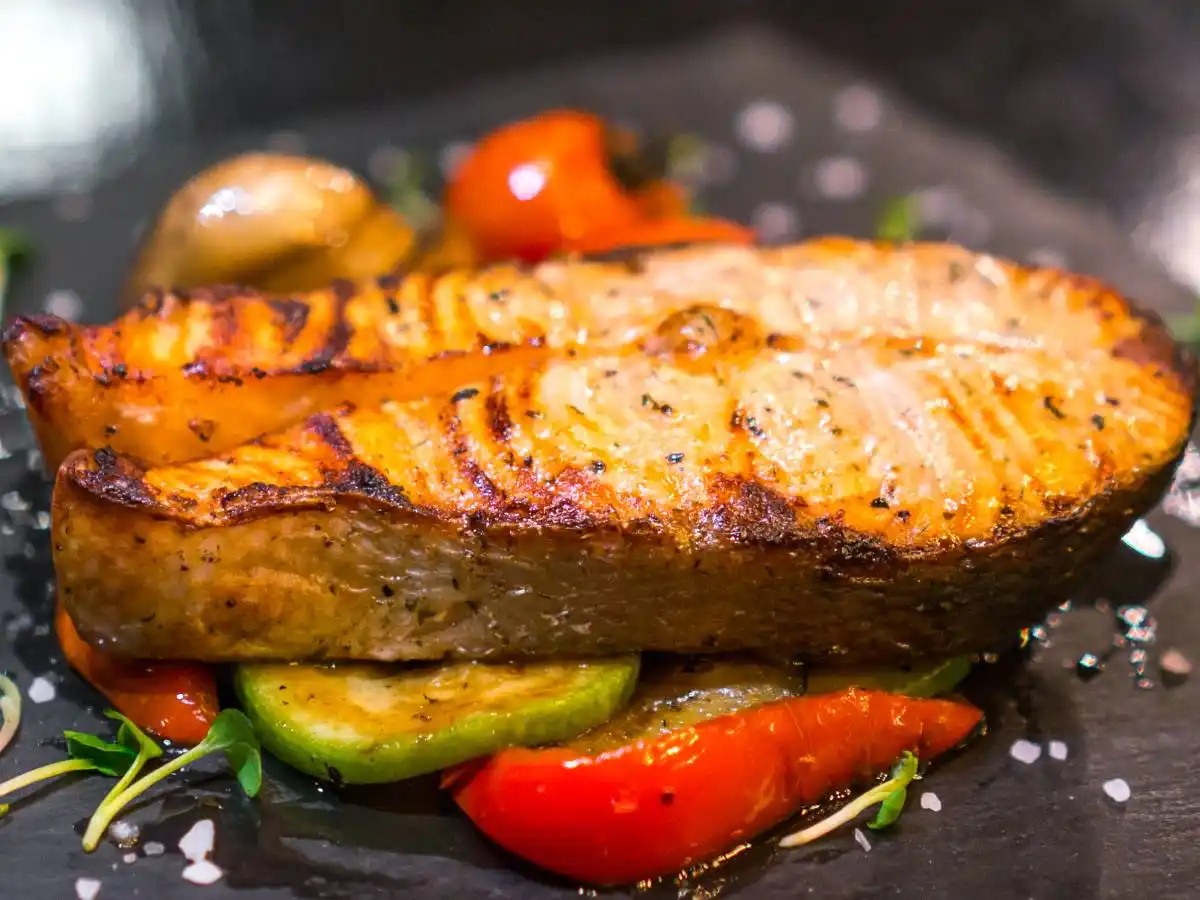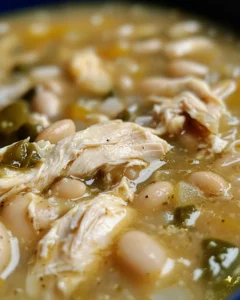Is it better to bake salmon at 350 or 400? – In the culinary world, the debate over the perfect temperature for baking salmon is as heated as the ovens we use. Whether you’re a seasoned chef or a home cook, the question of whether it’s better to bake salmon at 350°F or 400°F can be a perplexing one. This article dives deep into the science of salmon baking, offering insights, techniques, and tips to ensure your next salmon dish is nothing short of perfection. From understanding the nuances of oven temperatures to mastering the art of seasoning, we’ve got you covered. So, let’s embark on this flavorful journey together, exploring the best practices for baking salmon that will tantalize your taste buds and impress your dinner guests.


Introduction to Baking Salmon
The quest for the perfect baked salmon begins with a simple question: Is it better to bake salmon at 350°F or 400°F? This seemingly straightforward inquiry opens up a world of culinary exploration, as the temperature at which you bake salmon can significantly impact its texture, flavor, and overall deliciousness.
The Importance of Cooking Temperature
Cooking temperature plays a pivotal role in the outcome of your baked salmon. It’s not just about reaching a safe internal temperature; it’s about how the heat interacts with the proteins, fats, and moisture within the fish. The right temperature can transform a piece of salmon into a moist, flaky, and flavorful delight, while the wrong temperature can lead to dry, tough, or underwhelming results.
Brief Overview of the Debate Between 350°F and 400°F
The debate between baking salmon at 350°F and 400°F centers around finding that sweet spot where the salmon is cooked through yet retains its natural juiciness. Baking at 350°F tends to be a gentler process, allowing the heat to slowly penetrate the fish, resulting in a tender, evenly cooked fillet. On the flip side, 400°F promises a quicker cook time and the potential for a deliciously crisp exterior, especially if you’re a fan of crispy skin.
In this article, we’ll delve into the pros and cons of each temperature setting, consider the factors that might influence your choice, and provide you with the knowledge and techniques to bake salmon to perfection, regardless of the temperature you choose. So, whether you’re aiming for a slow and steady bake or a quick and crispy finish, read on to discover how to achieve the best results in your salmon baking endeavors.
Is it better to bake salmon at 350 or 400?
Understanding Salmon Baking Temperatures
Diving into the heart of our culinary conundrum, the choice between baking salmon at 350°F or 400°F is more than a matter of preference. It’s about understanding how each temperature affects the salmon’s texture, moisture content, and overall flavor profile. Let’s break down the science behind these two popular baking temperatures.
Baking at 350°F
Pros of a Lower Temperature: Baking salmon at 350°F is akin to giving it a gentle warm hug. This lower temperature allows the heat to evenly penetrate the fish, cooking it thoroughly without sacrificing moisture. The result? A tender, flaky fillet that’s full of natural flavors and juices. It’s particularly suitable for thicker cuts of salmon or when you’re aiming for a melt-in-your-mouth texture.
Cons of a Lower Temperature: The main drawback of this method is time. Baking at 350°F requires a bit more patience, as the cooking process is slower. Additionally, if you’re a fan of crispy skin, this temperature might not fully satisfy your crunch cravings. The skin may not achieve that desirable crispiness that many diners adore.
Baking at 400°F
Pros of a Higher Temperature: Turning up the heat to 400°F brings a new dimension to your baked salmon. The higher temperature leads to a faster cooking time, making it a great option for a quick and delicious meal. Moreover, it’s the secret to achieving that coveted crispy skin, adding a delightful texture contrast to the tender flesh of the salmon.
Cons of a Higher Temperature: The risk of overcooking is the main concern when baking at 400°F. Salmon can go from perfectly done to dry in a matter of minutes. This method requires a vigilant eye and precise timing, especially for thinner fillets. Overcooked salmon loses its moisture and tenderness, resulting in a less enjoyable eating experience.
Factors Influencing the Ideal Temperature
Several factors can influence your decision on the ideal baking temperature for salmon, including:
- Thickness of the Salmon: Thicker cuts may benefit from a lower temperature to ensure even cooking, while thinner cuts can withstand higher temperatures for a shorter period.
- Skin-on vs. Skin-off: If you’re aiming for crispy skin, a higher temperature is your ally. For skinless fillets, a lower temperature can help preserve moisture.
- Desired Doneness: Personal preference plays a role; some prefer their salmon more on the medium side, while others aim for well-done.
Understanding these nuances will empower you to make informed decisions about how to bake your salmon, ensuring that every dish you prepare is cooked to perfection. Whether you choose the gentle embrace of 350°F or the quick sizzle of 400°F, mastering these temperatures will elevate your salmon dishes from good to gourmet.
Techniques and Tips for Perfect Salmon
Achieving the perfect baked salmon involves more than just setting the right temperature. It’s about mastering a combination of preparation, seasoning, and cooking techniques that together, create a dish that’s both delicious and visually appealing. Let’s explore some essential tips and techniques for baking salmon to perfection.
Preparing Your Salmon for Baking
Seasoning and Marinating: Before the salmon even hits the oven, giving it a good seasoning or a flavorful marinade can make all the difference. Salt and pepper are essentials, but don’t be afraid to experiment with herbs, spices, and citrus to add depth to the flavor. Marinating the salmon for at least 30 minutes before baking can infuse it with extra taste and moisture.
To Wrap in Foil or Not: Wrapping salmon in foil can create a steamy environment that helps the fish stay moist and tender. It’s especially useful when baking at higher temperatures or when you’ve added a marinade. However, if you’re after a crispy skin, you might want to skip the foil and place the salmon directly on a baking sheet.
Baking Techniques
Position in the Oven: Where you place the salmon in the oven can impact how it cooks. For even cooking, position the salmon in the middle of the oven. If you’re aiming for a crispy top, consider moving it closer to the top heating element during the last few minutes of baking.
Using a Thermometer for Perfect Doneness: One of the most foolproof ways to ensure your salmon is perfectly baked is to use a meat thermometer. The ideal internal temperature for salmon is 145°F for well-done, according to the FDA, but if you prefer it a bit less cooked, aim for 125°F to 135°F. Insert the thermometer into the thickest part of the fillet to get an accurate reading.
Tips for Perfectly Baked Salmon
Avoiding Common Mistakes:
- Overcooking: Keep a close eye on the cooking time and use a thermometer to prevent overcooking. Remember, the salmon will continue to cook slightly after it’s removed from the oven.
- Underseasoning: Don’t be shy with the seasoning. Salmon can handle and benefits from a good amount of flavor, so season generously.
By following these techniques and tips, you’ll be well on your way to baking salmon that’s not just good, but great. Whether you prefer it tender and moist or with a crispy skin, the key to perfect salmon lies in the preparation and attention to detail. So, the next time you’re in the kitchen, remember these guidelines, and you’re sure to impress with your culinary skills.
Is it better to bake salmon at 350 or 400?
Frequently Asked Questions
When it comes to baking salmon, several questions frequently crop up, especially among those new to cooking this versatile fish. Here, we’ll tackle some of the most common queries to help demystify the process and ensure your salmon is nothing short of spectacular.
How long does it take to cook salmon in the oven at 350?
Cooking salmon at 350°F typically takes about 20 to 25 minutes, depending on the thickness of the fillet. This lower temperature allows for a more gradual cooking process, ensuring the salmon is evenly cooked through without losing its moisture.
Is 400 degrees too hot for salmon?
Not at all! Baking salmon at 400°F is a popular method for achieving a slightly crispier exterior while keeping the inside moist and tender. The key is to monitor the cooking time closely, as salmon can go from perfectly cooked to overdone quite quickly at this higher temperature. Generally, 12 to 15 minutes should suffice for most fillets.
Is it better to cover salmon when baking?
Whether or not to cover salmon while baking depends on your desired outcome. Covering salmon with foil can help retain moisture, making it a good option if you’re aiming for a tender, flaky texture. However, if you’re after a crispy skin, leave the salmon uncovered. This allows the heat to directly crisp up the skin, adding a delightful textural contrast to the dish.
What temperature does salmon taste best?
The “best” temperature for salmon is subjective and varies depending on personal preference. However, most chefs agree that baking salmon until it reaches an internal temperature of 145°F ensures it’s fully cooked, yet still moist and flavorful. For those who prefer their salmon a bit less done, aiming for an internal temperature of 125°F to 135°F will yield a slightly more tender and moist fillet.
Using these keywords naturally throughout your article will help search engines better understand the content’s context, making it more likely to appear in relevant search results. Additionally, these terms can help answer common questions and concerns readers may have about baking salmon, making your article a valuable resource for both novice and experienced cooks.
By following the guidelines outlined in this article, from understanding the impact of different baking temperatures to mastering preparation and cooking techniques, you’ll be well-equipped to bake salmon that’s consistently delicious. Remember, the key to perfect salmon lies in the balance of temperature, timing, and seasoning. With a bit of practice and these tips in mind, you’ll be creating restaurant-quality salmon dishes in the comfort of your own kitchen.
Is it better to bake salmon at 350 or 400?
How long to bake salmon at 400
How do I know when salmon is done baking?


